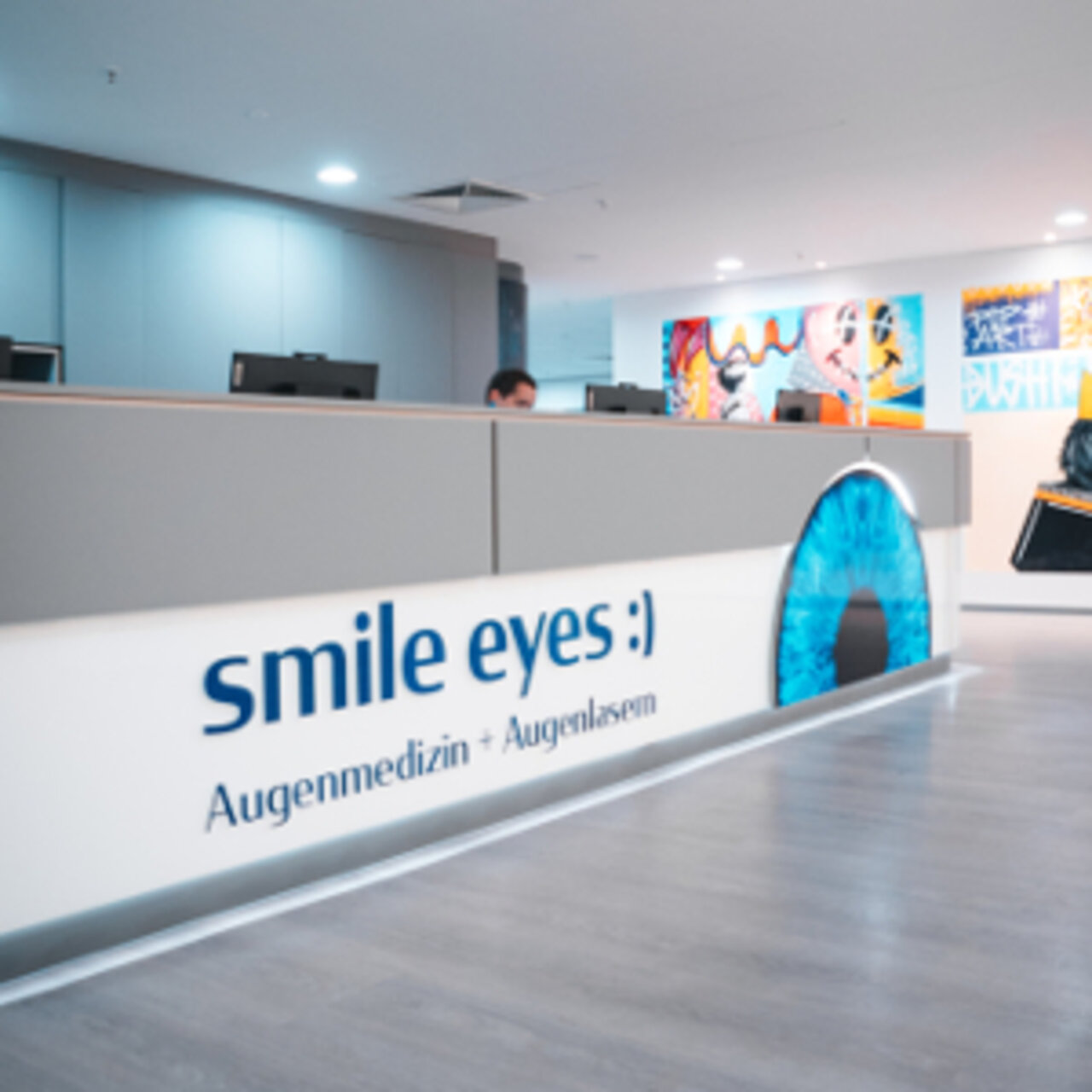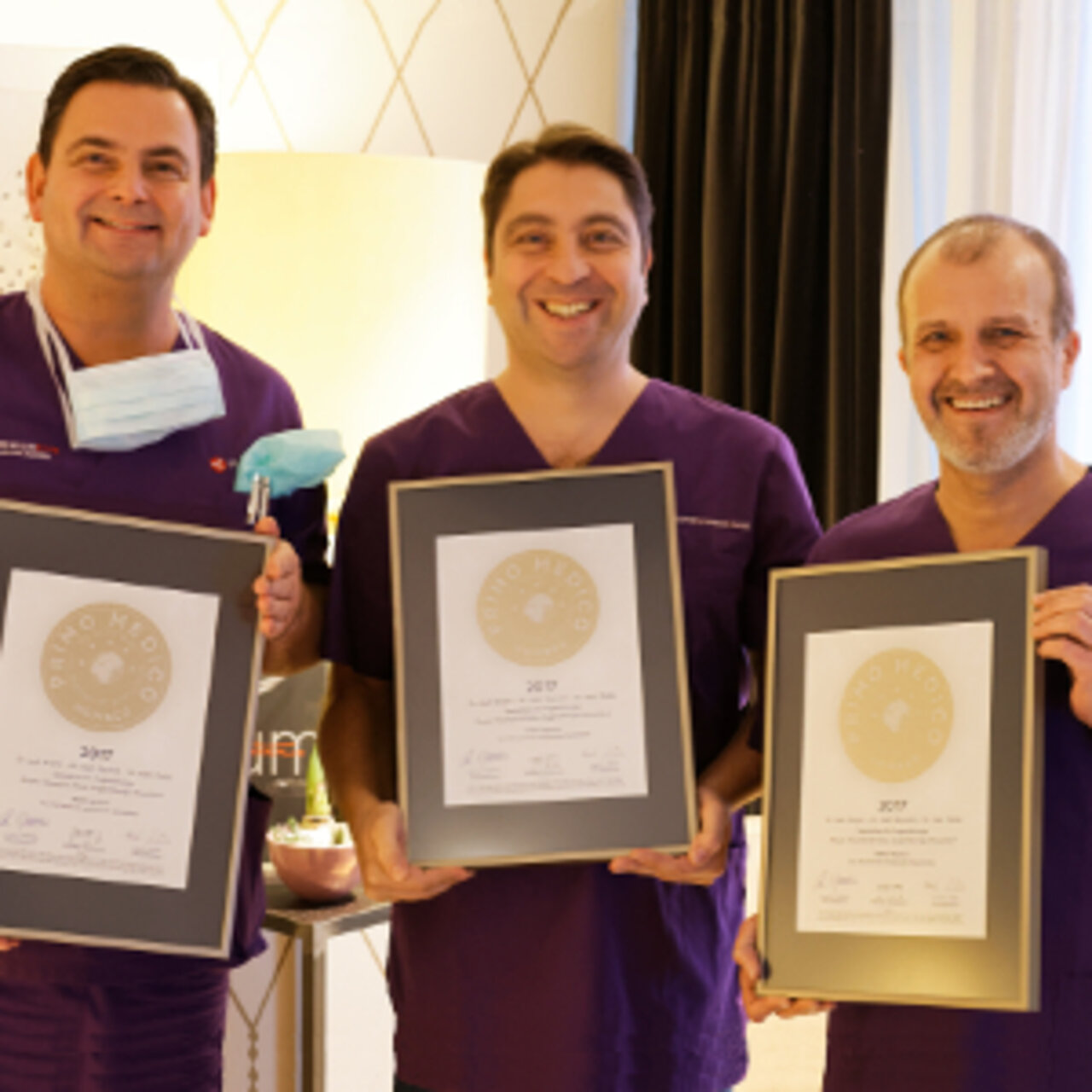Specialists in Intraocular lens
5 Specialists found
Information About the Field of Intraocular lens
What is an intraocular lens (IOL)?
An intraocular lens, abbreviated IOL, is an artificial lens that is implanted directly behind the iris of the eye, as opposed to an externally applied contact lens. Most often, the lens serves as a substitute for the - abnormally opaque - innate lens of the eye, following its surgical removal.
Intraocular lens, abbreviated IOL, is an artificial lens that is implanted directly underneath the iris of the eye, as opposed to an externally applied contact lens. Most often, the lens serves as a substitute for the - abnormally opaque - original lens of the eye, following its surgical removal.
Which types of intraocular lenses are available?
There are various types of intraocular lenses available, based on the disease and the individual needs for the prosthesis.
Phakic intraocular lenses are inserted without removing the natural lens of the eye, unless the natural lens is clouded by a cataract. In such a case, the intraocular lenses serve to correct a refractive error severe enough to make laser treatment impossible. If the patient is severely far-sighted, then a positive refractive power/diopter is required to correct the visual problem. In contrast, if short-sightedness (myopia) is present, then a negative refractive and concave lens is required. Ophthalmologists apply calculations that follow the same optical laws as for prescription of glasses.
Monofocal intraocular lenses show a uniform radius of curvature across their entire surface so that they have the same refractive power at all points. As they do not compensate for the loss of the ability to adjust near/far vision (accommodation) after the natural lens has been removed, a pair of reading glasses is needed after surgery. Monofocal lenses are considered standard care in cataract surgery and are covered by insurance.
Toric intraocular lenses are shaped like a torus segment. which is a geometric figure that resembles a donut or bagel. Through their different curvature radii, such lenses have two distinct refractive powers in perpendiculare planes. Hence, they are suitable for correction of more severe astigmatism, also called abnormal corneal curvature.
Multifocal intraocular lenses correct the progressive effects of presbyopia and allow for a life without reading glasses owing to concentrically arranged refractive zones with different focal distances - comparable to varifocals.
Accommodative intraocular lenses can modify their refractive power either through fluid or electronically and are designed to compensate the natural lens' capability to accomodate.
Also by this technology, life without reading glasses can be made possible.
What are the costs of intraocular lenses?
The overall cost of surgery is approximately 1.500 - 3.000€ for each eye, depending on the type of implanted lens. Multifocal lenses that come with more than one optical distance for sharp vision raise the cost of materials significantly. On the other hand, there are usually no additional costs for a visual aid after treatment. Public health insurance companies pay for the costs only if the intraocular lens serves to treat a cataract. If so, correction of the visual defect can be carried out as a positive side effect covered by the health insurance as well. Should the patient opt for a more expensive multifocal lens, the additional charges must be paid by the patient.
Scope of intraocular lenses
They are used according to the types of lenses described above. Essentially, all types of lenses can be implanted in cataract patients, that means a pathological clouding of the natural lens. In addition, intraocular lenses can help treat severe refractive errors, particularly hyperopia, which is also known as far-sightedness. Also more severe cases of astigmatism can be corrected using IOLs.
What are the advantages and disadvantages of an intraocular lens?
Artificial IOLs cannot be implanted directly into the fiber apparatus of the natural lens, which is adjustable according to the distance of gaze, so the eye loses its ability to adjust focus when switching from near to far vision. Multifocal as well as accommodative lenses try to overcome this disadvantage.
For the above-mentioned conditions and visual defects, an artificial lens can provide a life without need for glasses. Depending on the lens type or severity of the refractive defect, patients only need to wear reading glasses for close-up vision. The pros and cons of an IOL must be assessed, especially with respect to laser treatment as an alternative: IOLs offer correction of severe visual defects that cannot be lasered for reasons of insufficient corneal thickness. The lens prosthesis can be removed if complications arise. One disadvantage is the increased risk of infections, since the eye chamber has to be accessed for lens implantation. Damages to the inner layer of the cornea can therefore not be excluded. An artificial lens may be displaced by tampering with the eye or by an accident. Unlike laser treatment, lifelong control visits to the ophthalmologist are mandatory. A serious complication could be an increase in intraocular pressure caused by obstruction of the outlets for the chamber fluid.
Durability of intraocular lenses
IOLs are made of acrylic, silicone and other robust materials, so that there is no significant wear and tear and they usually remain in the eye for the whole life. Should an eye disease develop, they can be removed or replaced if necessary.
Prerequisites and procedure of intraocular lens treatment
First, the ophthalmologist will thoroughly examine the patient and consider the possibility of a lower-risk laser treatment as an alternative.
Through a minimally invasive access at the corneal edge, the lens can be placed under the cornea. Depending on the underlying disease, the natural lens of the eye may first be fragmented and subsequently extracted via the same incision using ultrasound. State-of-the-art intraocular lenses can be folded or curled up to fit through an incision that is kept as small as possible. They unfold in the correct position and fill the space created by the previously removed innate lens. The tiny incision through the cornea heals within days without stitches as cells divide very quickly.
Which doctors and clinics are specialists for intraocular lenses?
Lens surgeries constitute the most common routine procedures for surgical ophthalmologists, and therefore numerous ophthalmologists in Germany and Switzerland implant artificial intraocular lenses.
If you're in need of a doctor, you expect the best medical care possible. So of course patients are curious to find out what clinic to go to. As there is no objective way to answer this question and a legitimate doctor would never claim to be the best, patients must rely on a doctor's experience.
Let us help you find an expert for your condition. All listed doctors and clinics have been reviewed by us for their outstanding specialization in the field of intraocular lenses and are looking forward to your inquiry or wish for treatment.




